
An EU-study assessed safety in European underground tourist attractions. The solution is a safety monitoring system, consisting of sensors and transmitter nodes, providing visitors with safety updates.

The industrialised world relies on safe and secure data transmission for proper functioning of critical infrastructure. New technology to assess and alleviate the rising threat of intentional high-power signal interference will make a major contribution.

Standardised European rail equipment makes it easy to attack the network. A European study assessed likely forms of electromagnetic (EM) attack, and is devising protective solutions involving reliable communications architecture and a management system.

An EU-funded project is bridging the gap between user needs and air transportation systems suitable for emergency usage and last mile rescue. The team considered options in terms of different scenarios, especially those involving dual usage, and addressed certification and regulation issues.

Satellite remote sensing data can be used to help prevent forest fires in the Mediterranean region of Europe, thanks to an EU-funded project.

Europe's rich cultural heritage forms an important part of its identity, and cultural heritage monitoring helps to preserve it. New portable technology for automated spectrographic and surface assessment advances the state of the art.
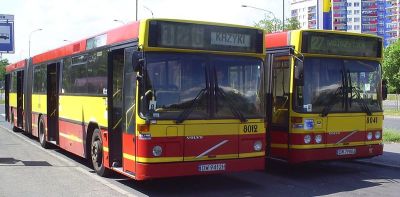
Only a quarter of all buses and coaches sold yearly or in use in the EU are equipped with fire protection systems. An EU initiative is creating intelligent detection technology to achieve a high level of protection for passengers.
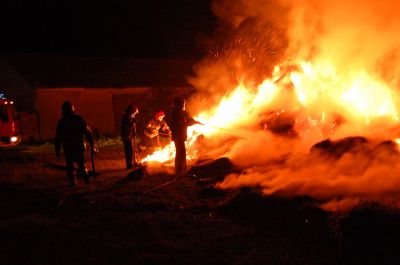
A variety of new sensors can help enhance the safety and security of public places and key infrastructure sites. An EU initiative developed novel technology to assist emergency crews in the availability of relevant information.
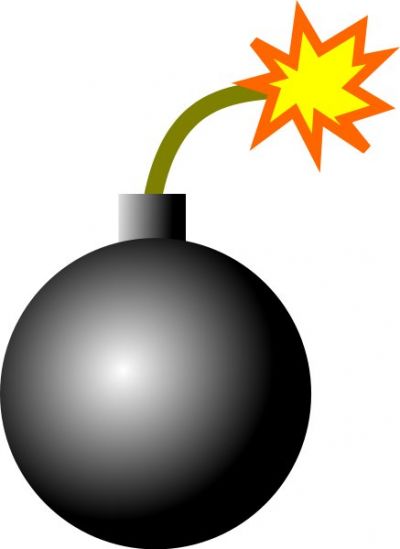
An EU team is reducing the risks posed by home-made bombs. The tools include four new neutralisation options, and several solutions that mitigate damage in the event of an explosion.
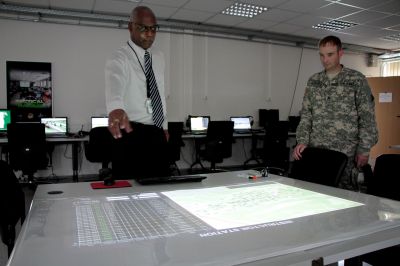
On-field communication systems used by emergency service personnel are key to maintaining or restoring security and safety during or after a crisis. An EU initiative embedded the latest radio technology into wireless communication systems for dealing with crisis situations.

On-field communication systems used by emergency service personnel are key to maintaining or restoring security and safety during or after a crisis. An EU initiative embedded the latest radio technology into wireless communication systems for dealing with crisis situations.

An EU team is developing systems allowing citizens to send and receive information aiding emergency response. The successfully demonstrated concept utilises mobile devices in contexts including search and rescue and medical assistance.
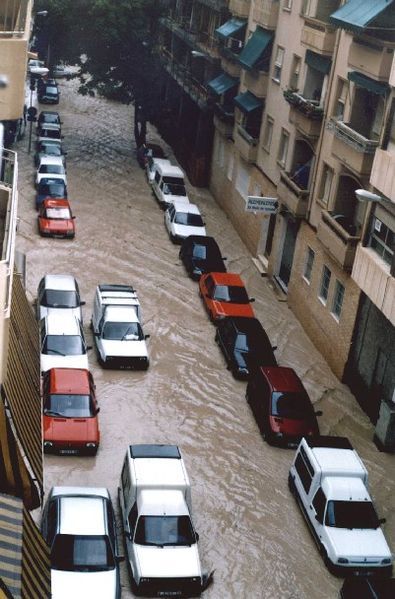
Natural hazards and their associated risks are typically managed individually, ignoring possible interactions (e.g., cascading effects). An EU initiative has designed innovative solutions as a step towards dealing comprehensively with multiple disasters and risk assessment.

A naturalistic driving (ND) study is taking place to increase understanding of road behaviour to help make roads safer and road traffic more sustainable.

Devastation caused by landslides can result in enormous loss of life and property. An EU-funded project is therefore training young scientists and engineers in order to better understand this natural threat.
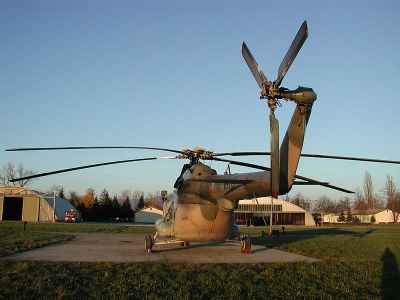
Most tail rotors on helicopters today are mechanically driven by the main turbine through a mechanical shaft and gears. An innovative electric tail rotor (ETR) promises important environmental benefits as well as improved control and safety.

During major disasters, local response teams usually require the support of units from around the world. An EU initiative is designing solutions that take into account the special needs of multinational cooperation in emergency situations.
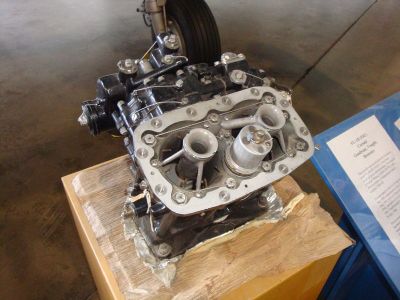
An EU team is studying factors affecting safety in aircraft fuel systems (FSs). The work examines water-related icing in fuel tanks, plus flammability risks stemming from lightning and on-board electrical systems, and will yield new standards.
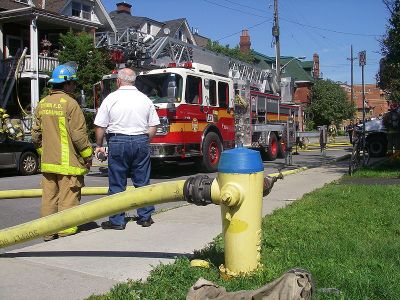
During major disasters, local response teams usually require the support of units from around the world. An EU initiative is designing solutions that take into account the special needs of multinational cooperation in emergency situations.
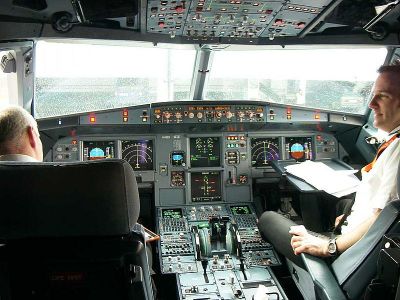
Despite the safety benefits of automation technology, complications arise when a challenging situation forces pilots to quickly change from automatic flight to manual control of the aircraft. An EU initiative is addressing flight crew response to unexpected events in order to improve airline safety.
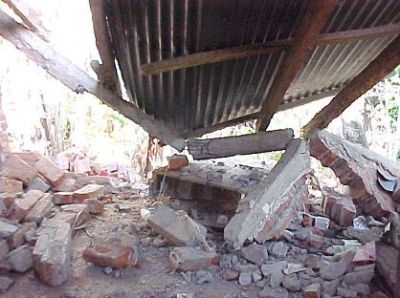
An EU-funded project is helping communities prepare for disasters by advancing seismic monitoring and early warning detection systems.

The consequences of terrorist acts on people, buildings and related infrastructure can be devastating. An EU initiative helped to provide state-of-the-art tools to mitigate the effects of terrorist attacks.
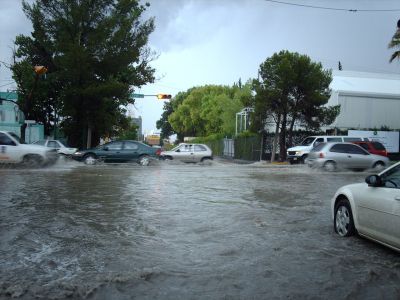
Analysing and cross-comparing flood risk practices across Europe will help local and national governments to better deal with flood risks.

A research and training network focused on food biosecurity seeks to counteract possible bioterrorism threats to the European agri-food system.

By exploiting the world's biggest Earth monitoring system, EU-funded researchers have worked out how to help people prepare and respond to natural disasters.
























